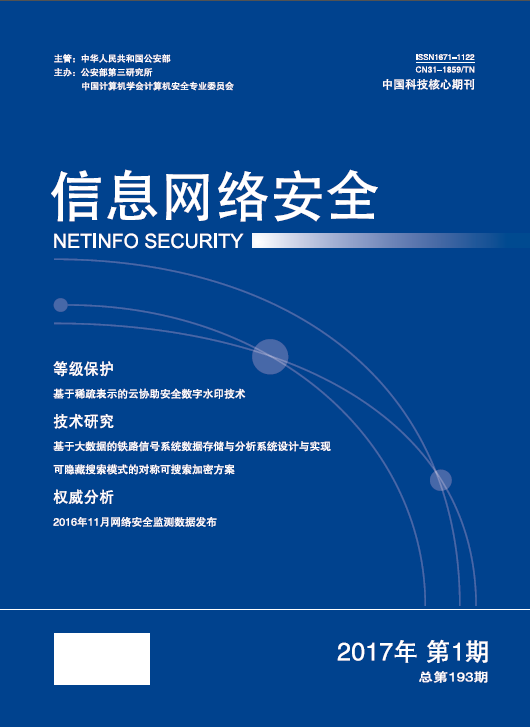This paper proposes a method of taint backtracking. Firstly, this method carries on the dynamic debugging to the network application procedure, locates network interface functions and network output buffers, determines the single minimum execution trajectory interval. Secondly, it performs all of the initial memory addresses in the track section by performing a path analysis calculation. And then the memory cache is applied to the application program, and the entrance state of the trajectory interval is buffered and restored after a single execution of the calculation. Finally, the address of the memory data before coding is obtained by the pollution source localization algorithm. Experimental results show that this method can effectively locate the pre-coding memory address, and it is suitable for different types of coding protocols, including encryption, compression and verification. On the one hand, this method can analyze the syntax information of the encoding protocol by using the memory data before encoding, and improve the syntax analysis ability of the encoding protocol. On the other hand, using the encoding function entry address and the pre-coding memory address, it can generate the network protocol test data that can be detected through integrity, and improve the capabilities of vulnerabilities discovery of the encoding protocol.

